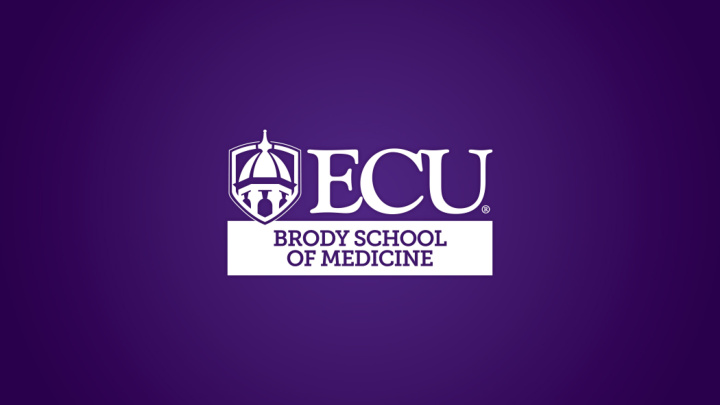



Enhancing relationships between faculty and learners Kendall M. Campbell, MD Senior Associate Dean for Academic Affairs
They’re safe. I listen. We act. Join the movement. Lock your lego. Greeting: Hello, how can I help you? …then sit in preparation to listen • Nonverbal cues are important – smile, encouraging demeanor – Watch nonverbal cues of the learner, can you assess for safety? – Recognize culture/background differences – Check your bias – ask about other stuff until you arrive at safety – Student needs to feel psychologically safe before you get to the academics – Once the student feels safe (you can tell by tone, body posture and breathing), then you • listen and address their academic concern If they felt safe, they’ll come back . . . •
They’re safe. I listen. We act. Join the movement. Lock your lego. Listen (they are like patients, if you listen long enough, they will tell you what’s wrong • and you’ll figure out what you need to do) First for concerns related to culture, gender, socioeconomic class, etc. – Then for academic issues – Listen to identify . . . • Distance travelled – tell me about your journey to medical school? • Imposter syndrome – you’re smart. You got into medical school. We are going to help you • as best we can to be successful. Minority tax – I want you to be able to focus on your schoolwork so you can be the best • doctor you can be. Let’s talk about how to make that the priority and we can engage the ODA and others to discuss diversity concerns. Power distance – the dean and other senior leaders are happy to talk with you and they • want to see you successful
They’re safe. I listen. We act. Join the movement. Lock your lego. Develop an action plan with the learner • Offer structured support around learning objectives or other curricular metrics • Use Course Syllabi and other policies or guidelines when possible • Use the division of academic affairs and others as resources to assist • Create timelines and deliverables whenever possible •
References Appelbaum, N. P., Lockeman, K. S., Orr, S., Huff, T. A., Hogan, C. J., Queen, B. A., & Dow, A. W.. Perceived influence of power distance, psychological safety, and team cohesion on team effectiveness. Journal of Interprofessional Care , 2020 34(1), 20-26. doi:10.1080/13561820.2019.1633290 Campbell KM, Rodríguez JE Addressing the Minority Tax: Perspectives From Two Diversity Leaders on Building Minority Faculty Success in Academic Medicine. Acad Med . 2019 Dec;94(12):1854-1857. doi: 10.1097/ACM.0000000000002839. Campbell KM, Hudson B, Tumin D Releasing the net to promote minority faculty success in academic medicine Journal of Racial and Ethnic Health Disparities (2020 In press) Campbell KM, Rodríguez JE Mentoring Underrepresented Minority in Medicine (URMM) Students Across Racial, Ethnic and Institutional Differences. J Natl Med Assoc . 2018 Oct;110(5):421-423. doi: 10.1016/j.jnma.2017.09.004. Epub 2017 Nov 6. Compton-Lilly, C. (2019). Microaggressions and macroaggressions across time: The longitudinal construction of inequality in schools. Urban Education , 4208591989375. doi:10.1177/0042085919893751 Edmondson, A. C., Higgins, M., Singer, S., Singer, S., & Weiner, J. Understanding psychological safety in health care and education organizations: A comparative perspective. Research in Human Development , 2016 13(1), 65-83. doi:10.1080/15427609.2016.1141280 Ray, R., Brown, J. Reassessing student potential for medical school success: Distance traveled, grit, and hardiness. Military Medicine , 2015180(4), 138-141. Sukhera J. Breaking microaggressions without breaking ourselves. Perspectives on medical education , 2019 8(3), 129–130. doi:10.1007/s40037-019-0518-1
Recommend
More recommend